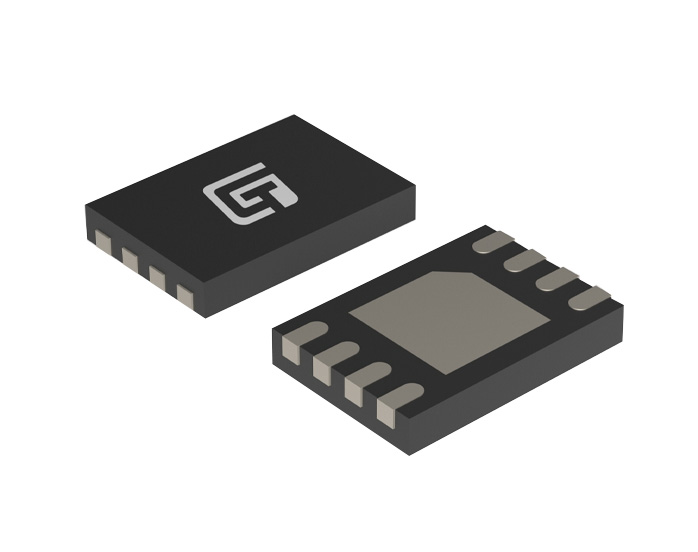How many times can you write to ESP32 EEPROM? Explore the secrets of chip life
2024-01-08
With the rapid development of IoT technology, ESP32 chips are becoming more and more popular due to their excellent performance and rich functions. However, developers are generally concerned about one question: How many times can you write to ESP32 EEPROM? This issue is directly related to the service life of the chip and is critical for long-term running applications.
According to the official documentation of ESP32, the EEPROM of the ESP32 chip has quite high durability. The official guide mentions that the ESP32 EEPROM write life can reach more than 100,000 times. While this number is impressive, developers still need to carefully consider how to maximize the life of the EEPROM when designing their applications.
First of all, reasonable program design and optimization can reduce the number of writes to EEPROM. By using appropriate data structures, caching, and optimization algorithms, developers can reduce frequent writes to EEPROM, thereby extending the life of the chip. Taking the stability and frequency of data into consideration during the design phase can avoid unnecessary write operations.
Secondly, using wear leveling technology is also an effective strategy. This technology achieves balanced use of each memory cell in EEPROM by distributing write operations among different memory blocks, thereby reducing the wear rate of a certain block. This helps extend the life of the entire EEPROM and improves the stability of the chip.
In addition, for some configuration data that does not change frequently, you can consider using other storage media, such as Flash, instead of EEPROM. In this way, frequent writing operations can be transferred to Flash, reducing the pressure on EEPROM and extending its service life.
However, even though the ESP32 EEPROM has a relatively long life, developers still need to pay attention to the health of the chip in practical applications. Regularly checking the number of writes to the chip and monitoring parameters such as temperature and voltage of the chip can help detect potential problems in advance and take measures to ensure the stability and reliability of the system.
In general, the EEPROM of the ESP32 chip has high durability, and its write life can meet the needs of most applications under reasonable design and use. Through reasonable programming, application of wear leveling technology, and consideration of the use of other storage media, developers can better manage the number of writes to EEPROM, extend the life of the chip, and thus better cope with the challenges of IoT applications.

According to the official documentation of ESP32, the EEPROM of the ESP32 chip has quite high durability. The official guide mentions that the ESP32 EEPROM write life can reach more than 100,000 times. While this number is impressive, developers still need to carefully consider how to maximize the life of the EEPROM when designing their applications.
First of all, reasonable program design and optimization can reduce the number of writes to EEPROM. By using appropriate data structures, caching, and optimization algorithms, developers can reduce frequent writes to EEPROM, thereby extending the life of the chip. Taking the stability and frequency of data into consideration during the design phase can avoid unnecessary write operations.
Secondly, using wear leveling technology is also an effective strategy. This technology achieves balanced use of each memory cell in EEPROM by distributing write operations among different memory blocks, thereby reducing the wear rate of a certain block. This helps extend the life of the entire EEPROM and improves the stability of the chip.
In addition, for some configuration data that does not change frequently, you can consider using other storage media, such as Flash, instead of EEPROM. In this way, frequent writing operations can be transferred to Flash, reducing the pressure on EEPROM and extending its service life.
However, even though the ESP32 EEPROM has a relatively long life, developers still need to pay attention to the health of the chip in practical applications. Regularly checking the number of writes to the chip and monitoring parameters such as temperature and voltage of the chip can help detect potential problems in advance and take measures to ensure the stability and reliability of the system.
In general, the EEPROM of the ESP32 chip has high durability, and its write life can meet the needs of most applications under reasonable design and use. Through reasonable programming, application of wear leveling technology, and consideration of the use of other storage media, developers can better manage the number of writes to EEPROM, extend the life of the chip, and thus better cope with the challenges of IoT applications.
Recommended News
-
How to Auto Run Flash in Chrome: A Guide to Managing Flash Content
2024-12月-24
-
How to Turn Off Auto Flash
2024-12月-23
-
What is the Difference Between NOR Flash and NAND Flash?
2024-12月-16
























